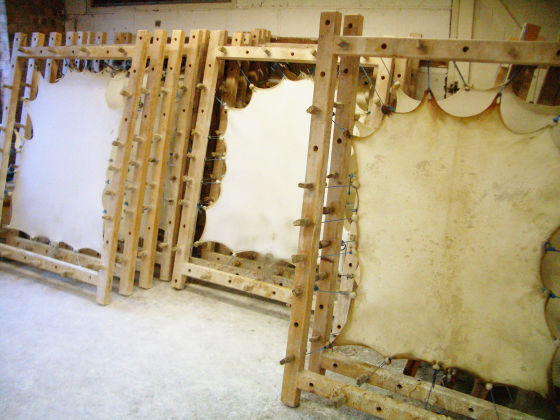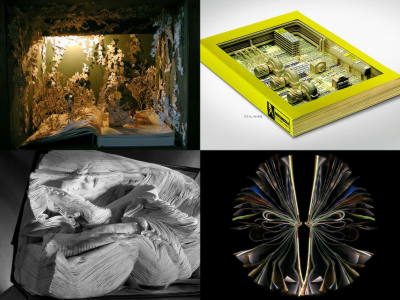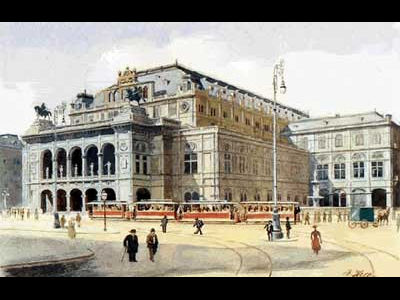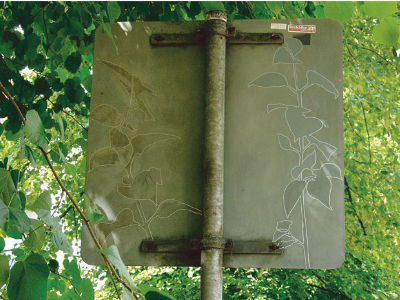How to repair a book beautifully, in the case of the Middle Ages

When books are broken or things are broken, sometimes the broken parts are considered as "scratches" and they are thrown away, but "bursts" may be reborn into "beauty" if exploding creativeities. A writer Paul Cooper posted on Twitter about how to repair a book that was taking place in the Middle Ages, and we can glimpse the world at that time.
Before paper became mainstream, what used to be the material of the book was the skin of the animal.parchmentThe material called hair removal is made by tearing the skin exposed to water strongly to the wooden frame, but if there is a scratch during peeling or depilation process the hole will be empty at the stage of stretching the wooden frame. Even parchment with a hole seemed to be used for books, creative restoration was done by the creators.

Because parchment was very expensive, it was never thrown away even if the hole was empty or scratched, and he told me to make cheap books. Some are clerically restored as follows ... ...
Parchment was too valuable to simply throw away, so the damaged pieces were used to create cheaper books.
- Paul Cooper (@ Paul MMCooper)April 10, 2018
People did not seem to mind. Scribes simply wrote around the holes. But others took a more creative approach.
(Leiden, Universiteitsbibliotheek, BPL 25, 9 th century)pic.twitter.com/IyslLmLcpM
Even those that exploited creativity. The hole is repaired with purple and pink thread. The part where the hole is empty in writing the sentence is avoided, and before you write the letter you can see that the hole is already empty.
A thread on the creative and beautiful ways that the artists of the past repaired the flaws in torn and damaged manuscripts.pic.twitter.com/81YSAhKGot
- Paul Cooper (@ Paul MMCooper)April 10, 2018
The point of creating individuality and beauty by using scratchesGold splicingThere is something in common. Below isVadstena AbbeyOne page of the book which was collected in. The bookWritten in the 14th centuryis. The material of the thread was silk, and the black part was dyed with iron sulfate and tannin, so it was getting brittle.
But others turned the flaws in the manuscripts into decorations in their own right.
- Paul Cooper (@ Paul MMCooper)April 10, 2018
This Swiss manuscript from the monastery of St. Gallen is one of the most beautiful examples.
(https://t.co/M87uuArZ1x)pic.twitter.com/OQUL9lEYT8
Using multiple colorsThere are also books that are being repaired.
Even in situations where one color may do, the embroiderers have chosen to add vivid colors, turning the books flaws into a new part of its charm.
- Paul Cooper (@ Paul MMCooper)April 10, 2018
(https://t.co/QWoCozHQ3H)pic.twitter.com/1ihoyUndBT
Jacobs de WoragineEdited byLegenda Aurea(Golden Legend) "one copy of the copy. The vivid restoration is written "It is similar to Zurich's crafts."
Some parchments were damaged multiple times, and had to be repaired more than once on the same page, the scribe simply writing around the holes.
- Paul Cooper (@ Paul MMCooper)April 10, 2018
(Universitätsbibliothek, Ms. L 34https://t.co/OAHoYQJQV0)pic.twitter.com/MBbb7p4LCi
One book that was stored in the library in Switzerland has been restored in a different way from the above.
The use of poorer grades of parchment allowed texts to be made more cheaply, and thus reach a larger audience, meaning knowledge was no longer confined to the highest of elites.
- Paul Cooper (@ Paul MMCooper)April 10, 2018
(Engelberg, Stiftsbibliothek, MS 16)pic.twitter.com/L0BDscEqbe
Instead of not being repairedA book that is one of artAlso.
Sometimes holes in manuscripts are even incorporated into the artwork, this this cheeky illustration of a dragon to poke its head through this page of this 9th-century manuscript.
- Paul Cooper (@ Paul MMCooper)April 10, 2018
(Bamberg, Staatsbibliothek, Msc.Nat.1https://t.co/GspzfYYw07)pic.twitter.com/2Lh3mY72y7
Using a holeRepresenting a faceHaving books.
The illustrators of this serious work on the Biblical Song of Songs also had some fun turning this flaw into a laughing bearded face, possibly supposed to depict Solomon himself.
- Paul Cooper (@ Paul MMCooper)April 10, 2018
(Bamberg, Staatsbibliothek, Msc. Patr. 41, fol. 69 r.https://t.co/Utvlj8A4Fm)pic.twitter.com/8 Q75 tIBGjR
Too big holeOne part of illustrationIt was becoming.
Parchment containing holes was even purposefully used on certain pages for decoration.
- Paul Cooper (@ Paul MMCooper)April 10, 2018
In this manuscript, the illustrator has enlarged a hole to demonstrate a "star clock", a means to tell time after dark.
(St. Gallen, Stiftsbibliothek, Cod. Sang. 18https://t.co/gGkiWvL68T)pic.twitter.com/EpLhrogkKa
According to Cooper, it was mainly women who was repairing parchment. It is said that the vivid reprinting of parchment helped spread the text. AlsoBooks written in the 14th century.
Embroiderers in the middle ages were predominantly women, and pioneered new techniques for stitching that improved possibilities for the dissemination of texts.
- Paul Cooper (@ Paul MMCooper)April 10, 2018
(Aarau, Aargauer Kantonsbibliothek, Wett F 9 (14 th century), folio 150 r.https://t.co/5s7ng2360Y)pic.twitter.com/ILdsW1WSpI
From the one way to restore the book, the world of the time was able to be seen a glimpse.
Today these damaged texts give us an incredible glimpse into the processes behind the creation of medieval manuscripts, and the different kinds of craftsmanship that went into their creation.
- Paul Cooper (@ Paul MMCooper)April 10, 2018
The flaws in a text can tell us so much about the world in which it was made.pic.twitter.com/yJUQyq6nDT
Related Posts:







